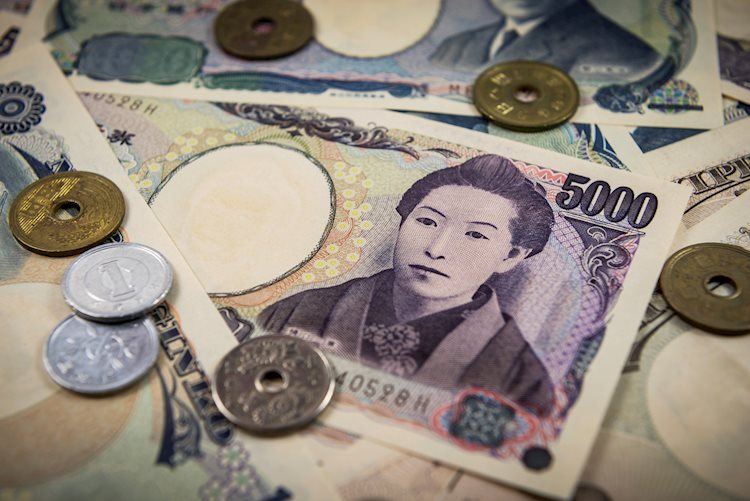The Japanese Yen (JPY) hit a multi-month low against the USD on Wednesday, with concerns about a fragile government in Japan and potential tariffs from the US President-elect weighing on the currency. Despite a rise in Japanese producer prices, the uncertain possibility of a Bank of Japan (BoJ) rate hike is undermining the JPY. Elevated US bond yields, along with a bullish USD, are further weakening the JPY ahead of the US Consumer Price Index (CPI) release.
The BoJ’s Producer Price Index report for October showed a 3.4% increase from last year, but worries about the impact on household spending due to a weaker Yen are prevalent. Political uncertainty in Japan and the divided opinions within the BoJ about rate hikes are adding to the pressure on the JPY. Further, comments from Federal Reserve officials regarding inflation and monetary policy are supporting elevated US bond yields, leading to a stronger USD and weighing down on the JPY.
From a technical standpoint, the USD/JPY pair is struggling to breach the 155.00 level, which is crucial for maintaining bullish control. Oscillators indicate positive momentum with room for further gains if the key resistance levels are broken. On the downside, support levels near 154.00 and 153.00 could limit losses for the pair, with a break below 152.65 shifting the bias in favor of bearish traders.
The Bank of Japan plays a significant role in determining the value of the Japanese Yen through its monetary policy decisions. The past decade has seen a divergence in policy between the BoJ and other central banks, leading to fluctuations in the Yen’s value. The Yen is also considered a safe-haven currency, attracting investors during market turbulence due to its perceived stability. Recent BoJ decisions to move away from ultra-loose monetary policy and interest rate cuts in other major central banks are narrowing the differential between US and Japanese bond yields.
Overall, the Japanese Yen remains vulnerable to external and internal factors such as political uncertainty in Japan, US tariff threats, and economic data releases. The BoJ’s stance on interest rates, along with US bond yields and the USD’s strength, will continue to influence the JPY’s movements in the near term. Traders are closely monitoring developments to gauge the future direction of the USD/JPY pair amidst changing market dynamics.











